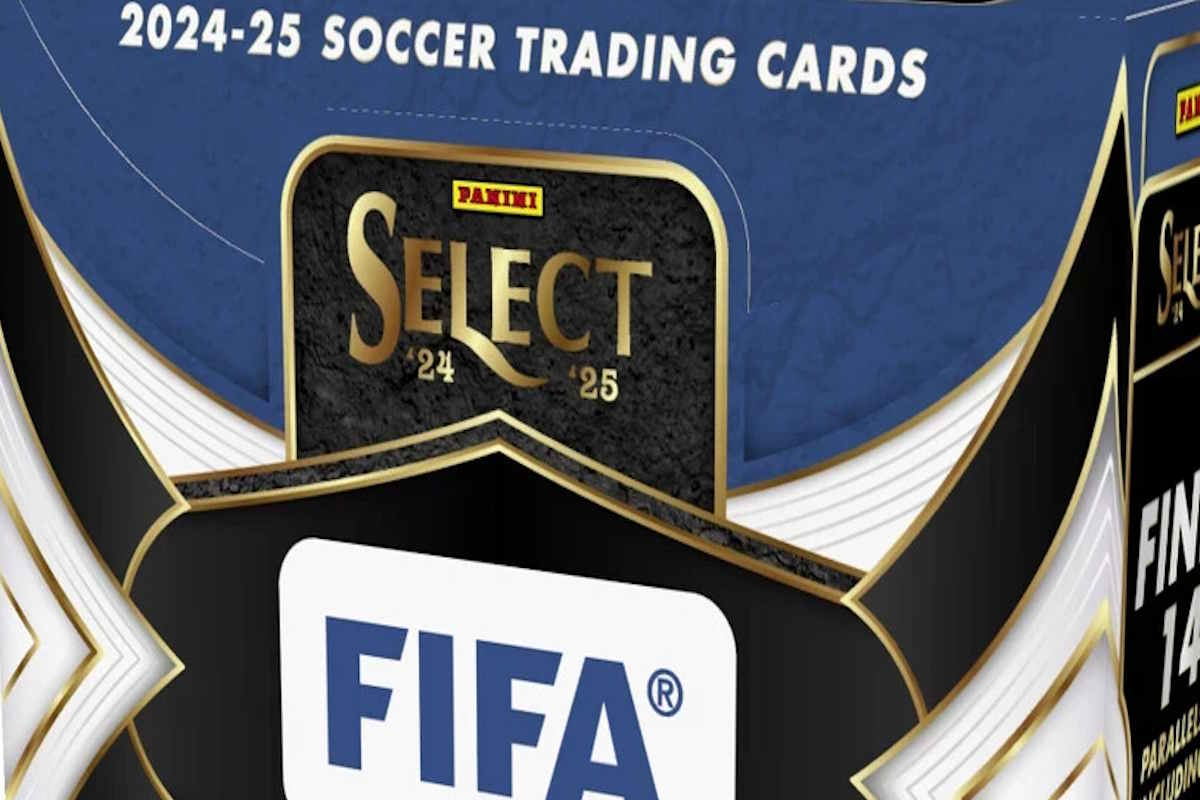

A PMG Michael Jordan card was recently listed on eBay and sold. It was advertised as a 1997-98 Precious Metal Gems Michael Jordan #23, one of the most coveted Jordan cards since PMG has become one of the most popular inserts for card collectors.
How sought after? A PSA 5 of this card is currently available for $500,000 on PWCC. However, it’s crucial to note, that you should avoid purchasing cards from PWCC. There are several valid reasons for this caution. Here is another reason.
Anyway, the purchase of the card, despite its beauty, turned out to be a cautionary tale for the hobby. Find out why in our story about the BGS-graded fake Jordan PMG.
A relatively new hobby collector was the one who purchased the 1997-98 Precious Metal Gems Michael Jordan #23 card on May 22, 2024, for $23,123 on eBay.
His deep admiration for Michael Jordan, a sentiment shared by many who grew up in the 1990s, particularly in Chicago, was the driving force behind his love for the hobby and interest in the card
Unaware of its actual authenticity, the buyer expressed his satisfaction with purchasing the card.
“I didn’t know it was fake. I stumbled upon this card and looked at it briefly but didn’t notice that something was off.’ The card was marked as altered, and there were warning signs on the card: such as the missing PMG logo, the serial number, and the off-color. This highlights the importance of understanding the signs of a fake, a lesson that all collectors should take to heart.
It’s important to note that the buyer did his due diligence. He checked the BGS records, a step that many novice buyers might not take. However, even this level of caution didn’t prevent him from being deceived, as BGS themselves were fooled.
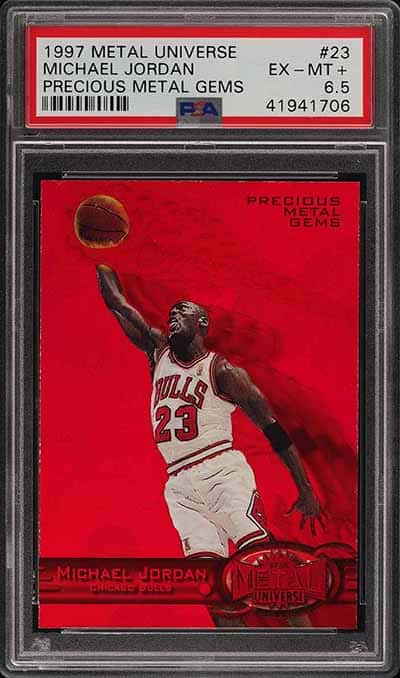
A seasoned collector would have immediately spotted the discrepancies. While the altered background could be a sign of an issue, the absence of a logo or a serial number would not. The unusual color, significantly different from the actual PMG card, could have been altered to hide surface defects.
But the lack of a logical reason for making a card look suspicious underscores the importance of experience in identifying fakes, a crucial lesson for all collectors.
You can see the buyer describe how the buyer purchased the fake card in this video:
Some red flags can be identified in the card even if you have never seen the original card. Chief amongst them is that the card appears in a BGS “altered” slab—not something you see often. But there is a lot more.
Usually, when we look at fakes, there are subtle differences. We must either look very carefully or rely on people with much knowledge about these things. But in the case of this specific 1997-98 Precious Metal Gems Michael Jordan #23 card, it is pretty straightforward.
The original has the words Precious Metal Gems stamped in elegant black print on the top right corner of the card. The one in the BGS slab does not have the lettering. Yes, you read that right. Usually, with fake cards, the one altering the card will attempt to recreate all the card elements, but here, we see none of that.
There is more. On the back of these cards is a black box with a serial number, which is (of course) unique for each card. On the PMG Michael Jordan card in question, that is completely missing. There is no number there at all. These are two undeniable and irrefutable signs that this card is as fake as they come.
In fact, the issues of the card are so elementary and obvious that one must wonder how they were missed by BGS.

The collector is new to the hobby and admits to not doing due diligence to ensure the card is authentic. Still, that is understandable. We tend to trust grading companies. While BGS has seen better days in terms of its popularity, it is one of the major institutions of the hobby (established in 1984) and has been grading cards since 2001.
Meanwhile, eBay offers authenticity guarantees on cards sold through their platform. So, it’s easy to see why a novice thought this transaction was safe and protected.
However, a bigger question is how BGS allowed this to fall between the cracks. A professional grader should have no problem identifying this as a fake. More than that, an attentive person with eyes should have no problem doing so. It’s glaringly obvious.
The most obvious explanation for this card’s existence, which has these material differences with the 1997-98 Precious Metal Gems Michael Jordan #23 card, is that it is a fake—and a pretty bad one.
However, some have argued that the exact traits that make the fake such an obvious one are arguments in favor of its authenticity. Therefore, some people believe this is an artist-proof edition or some mock-up. After all, they argue that if someone wanted to fake a card, they would not leave such clear evidence that it was not legitimate.
The fact that it is missing some elements could show that it simply did not complete the manufacturing process like the other cards and was not stamped with the PMG identifier and the number.
However, the most likely scenario is that someone took a 1997-98 Metal Universe base card and dressed it up to seem more like a PMG card. That would doubtless require using something to create the red paint effect that differentiates these inserts from the base cards.
They then sent it to Beckett and hoped for the best. The staff at BGS spotted that the card had been altered, presumably to make it look like a PMG. However, they did not correctly identify it as a base card, thinking it was a PMG change to cover up flaws. Therefore, they labeled the card “Authentic—Altered.”
YouTube sports card sleuths like Dan the Card Man alerted the buyer that the card was fake. He had already taken that into account and said he believed that “if a card like this was graded by BGS, I assumed it would be escalated to management and they would make sure extra precaution was taken.” That is a reasonable assumption, but it does not look like that happened.
He contacted both BGS and eBay. BGS got back to him with an explanation. They claim that they detected the card was an altered base card during their authentication process but did not correctly label it. eBay also got back to the buyer, and he has updated social media that there will be a phone call between him and the two companies shortly.
Hopefully, they will work out the issues, and the individual will be made whole for the tremendous amount of money he poured down the drain due to the mistake in grading.
We are not convinced of the explanation for the mislabeling. It certainly would be better than if they had checked the card and couldn’t see the problem, but it raises some questions. Wouldn’t they have handled this case more carefully if they had known how problematic this card was?
Another thing that makes this hard to swallow is a history of manipulation with BGS cards. PSA also graded a fake one back in 2020. This is a problem many of us in the hobby have been aware of for years and the PMG cards are a particular target due to their value which has skyrocketed in recent years.
The current policy of eBay Authenticity Guarantee is the following:
“When you make a sale, you have to send the item to the authenticator’s address provided by eBay. Once the authenticator receives the item, the inspection is processed within 2 business days.
The authenticator confirms the item is consistent with the listing title, description, and images. They then perform a physical authentication inspection. If the inspector cannot determine that the product is authentic or is not as described in the listing, the item will be returned to you, and the buyer will receive their money back.”
Precisely what eBay guarantees when using this policy on a graded card is unclear. They certainly can’t grade the card themselves—eBay does not have the facilities or staff for that. In addition, it’s very hard to grade a card in a holder. The reflection and lack of accessibility make many aspects hard to access.
What they can do, and hopefully actually do, is make sure the graded card is registered and legit, that it holds the correct card, and so on. They should also examine the slab’s quality and ensure it is not defective. Even that isn’t easy to do because the card in question has been ruled to be altered. Therefore, it isn’t their fault.
The situation is relatively embarrassing for the folks at BGS. It makes them look pretty amateurish in their ability to identify fakes. It is hard to believe that the person checking this card looked at a picture of the card in question, or they would have identified some serious issues.
That is doubly true because the company correctly flagged this card as altered. You would think they would take special precautions with a card they found problematic. But that does not appear to be the case.
The buyer has provided an update through social media, saying that Beckett contacted him and offered to take a look and regrade it. But here, we run into one of the main problems with BGS. Unlike PSA and SGC, they do not have a clear written policy on what their guarantee covers.
That means their legal liability is unclear, and they are unlikely to compensate the buyer for the large amount of money they likely cost him.
We reached out to Beckett and asked for a response. We have not heard back.
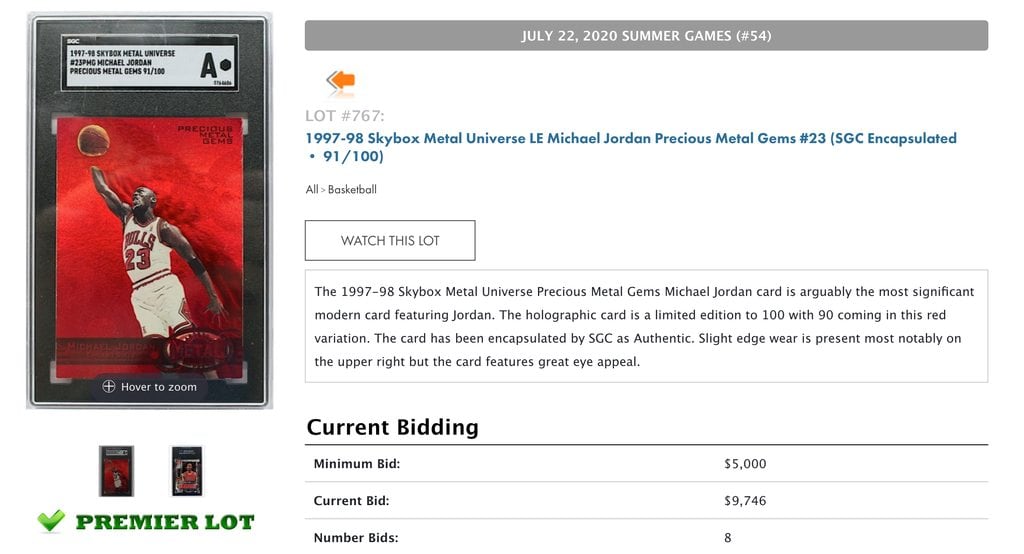
The problem seems to be with BGS. However, questions have also been raised regarding the original seller. They have a history of posting suspicious-looking cards, and one has to wonder if they knew that the card they were selling was not legitimate. There have been several examples of sellers offloading reprints and test prints. They seem to specialize in fake cards of various sorts.
We would like to know if the seller initially submitted the cards. If so, they may have been fishing, hoping someone would not spot the problem. If not, it is still a problematic issue. As mentioned, the seller often offloads problematic cards.
Indeed, that is probably why they were willing to buy a problematic card that others wouldn’t touch. Would you sell this card with its altered status and without clear markers for a PMG? Most sellers would not.
The takeaway from this is a familiar one: do not take the assurances of the relevant corporations for granted. Do your due diligence to make sure the cards are real. Sure, most of us are not experts on identifying fake cards.
And no one is going to spend a massive amount of time trying to figure out if a base card is authentic. But get the relevant info if you are springing for big money cards, especially ones in the five-digit area. Sometimes that can be hard. But in this case, just examining what the card was supposed to look like would have sufficed.
And remember, the hobby has so many people looking into this kind of thing. There was an entire thread on Blowout Forums about this, and they warned people not to buy this card.
The SAD story of Collectable. What went wrong? (The Downfall Fractional Sports Card Investing)
what was Panini doing? 🙄
I compared sports card prices from the big sellers to save YOU money
Is GameStop buying PSA? (the truth!)
I ripped an entire case of Phoenix Football (BIG win or MASSIVE loss?)
Make an extra 30% PROFIT on eBay with this sports card hack
What's your biggest trading card regret? This is a safe space. 🤣
I used ChatGPT to invest in sports cards (and make this thumbnail lol)

BCW Thick Card Toploaders 197 Pt. 10 per pack

BCW Thick Card 59 Pt. Toploaders. 25 per pack

BCW 20 Pt. Toploaders. 25 per pack
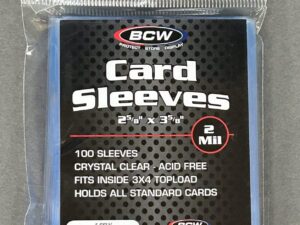
BCW Standard Card Sleeves. 100 per pack
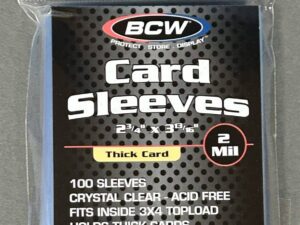
BCW Thick Card Sleeves. 100 per pack

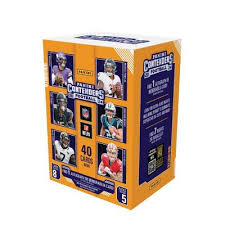
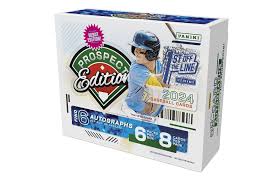
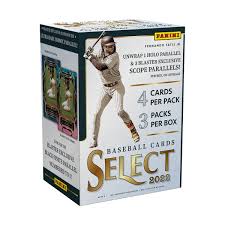
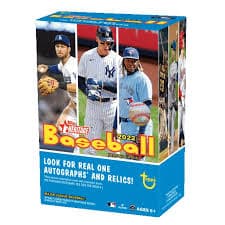
2022 Topps Heritage Baseball Blaster Box Configuration: 7 Packs per Box – 9 Cards per Box. Plus 1 extra pack.
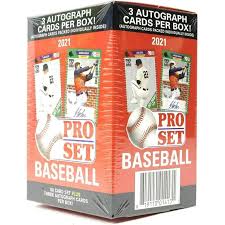
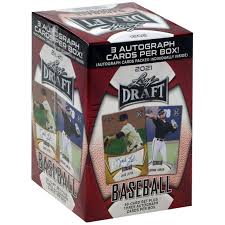
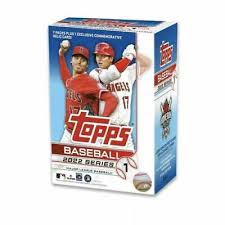


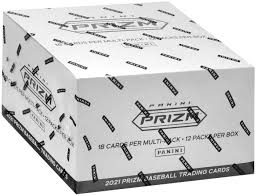

© Copyright 2025 - All rights reserved Cardlines.com / Media Techs LLC - Sports Card News, Reviews, Releases and BREAKS - #thehobby.
Important: When you click on links to various merchants on this site and make a purchase, this can result in this site earning a commission. Affiliate programs and affiliations include, but are not limited to, the eBay Partner Network.
I opened a sports card mystery box and found something AWESOME inside
Cardlines June 20, 2025 7:00 am